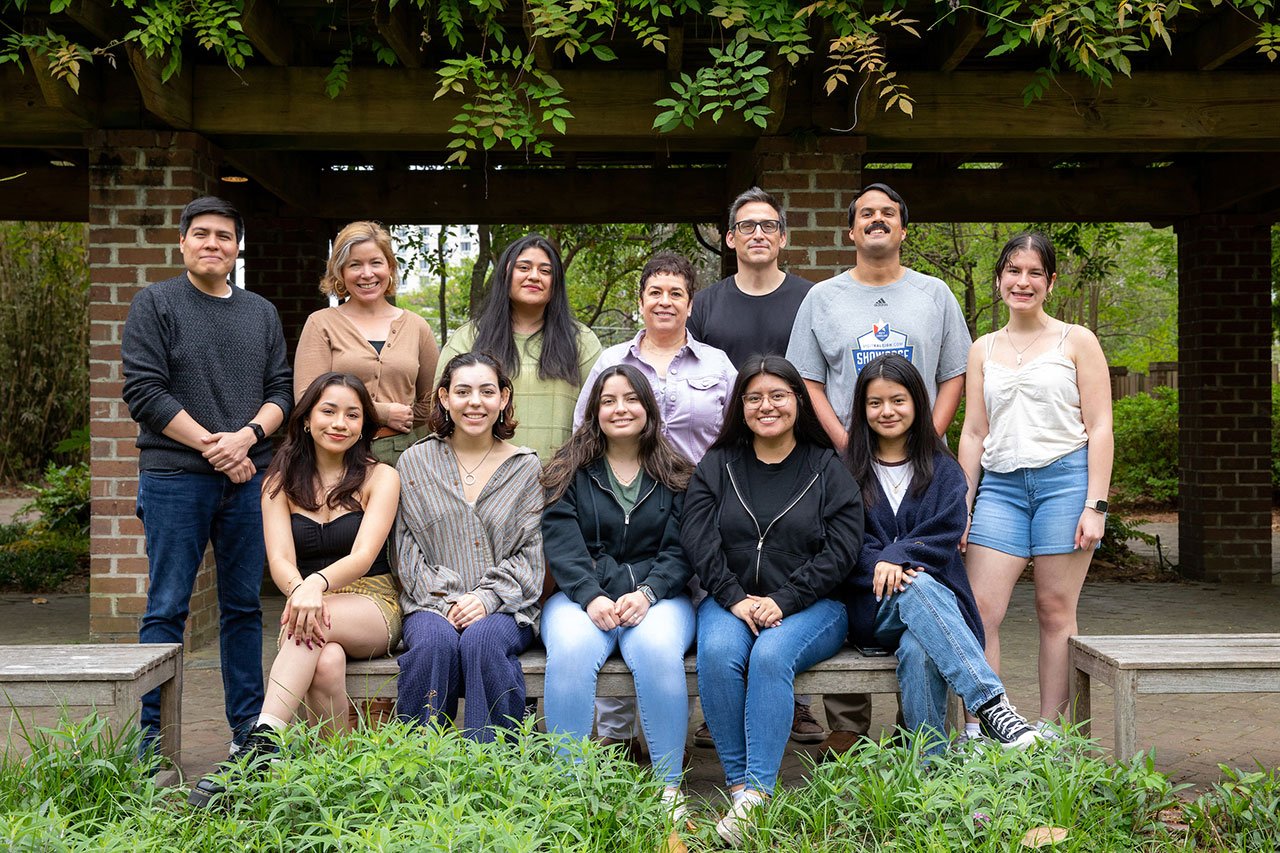Department of Hispanic Studies
Welcome! ¡Bienvenidos! Bem-vindos!

Welcome to the College of Charleston’s Department of Hispanic Studies.
As the largest and most comprehensive undergraduate program of its kind in the southeast, we're here to help prepare you for the language demands of a world made increasingly smaller by technology, the global economy, and immigration.
Like our many successful alumni, you'll find that proficiency in Spanish and/or Portuguese means increased opportunities, and in turn greater income-earning potential.
Muy popular | Muito popular
When choosing Hispanic Studies as your course of study, you'll join more than 120 Spanish majors and nearly 400 minors, making up the largest, most popular and in-demand minor program at the College of Charleston.
With a faculy of some of the finest and most diverse educators and researchers in the region, you'll enhance your knowledge of language, literature, culture and history through our engaging course offerings and opportunities.
- Study abroad programs in Argentina, Brazil, Chile, Cuba, Spain and others.
- La Casa Hispana (Spanish House): On-campus housing for qualifying students of Spanish who wish to enhance their extra-curricular language exposure.
- Service learning through local and international internships.
- Portuguese, Spanish, and Hispanic Latino clubs.
- Membership in our national-award-winning chapter of Sigma Delta Pi, the National Collegiate Hispanic Honor Society, for qualifying majors and minors.
- Membership in our chapter of Phi Lambda Beta, the Portuguese Honor Society, for qualifying students.
- Featured guest lectures, cultural festivals, foreign-language films, and concerts.
Where do I place in Spanish?
Please click the link to see the different tracks available for Spanish at the College of Charleston.
Spanish PlacementSpanish as a Heritage Language
Portuguese Studies
College of Charleston's Portuguese Studies offers different Portuguese class options each semester. If interested in PORT, please contact us at the address below.
Learn More About PORTRelated Events

jul
21
Freshman Student and Family Orientation

jul
22
Faculty/Staff Training Session: Using Microsoft Bookings

jul
23
Charleston Chamber Music Intensive Faculty Concert


